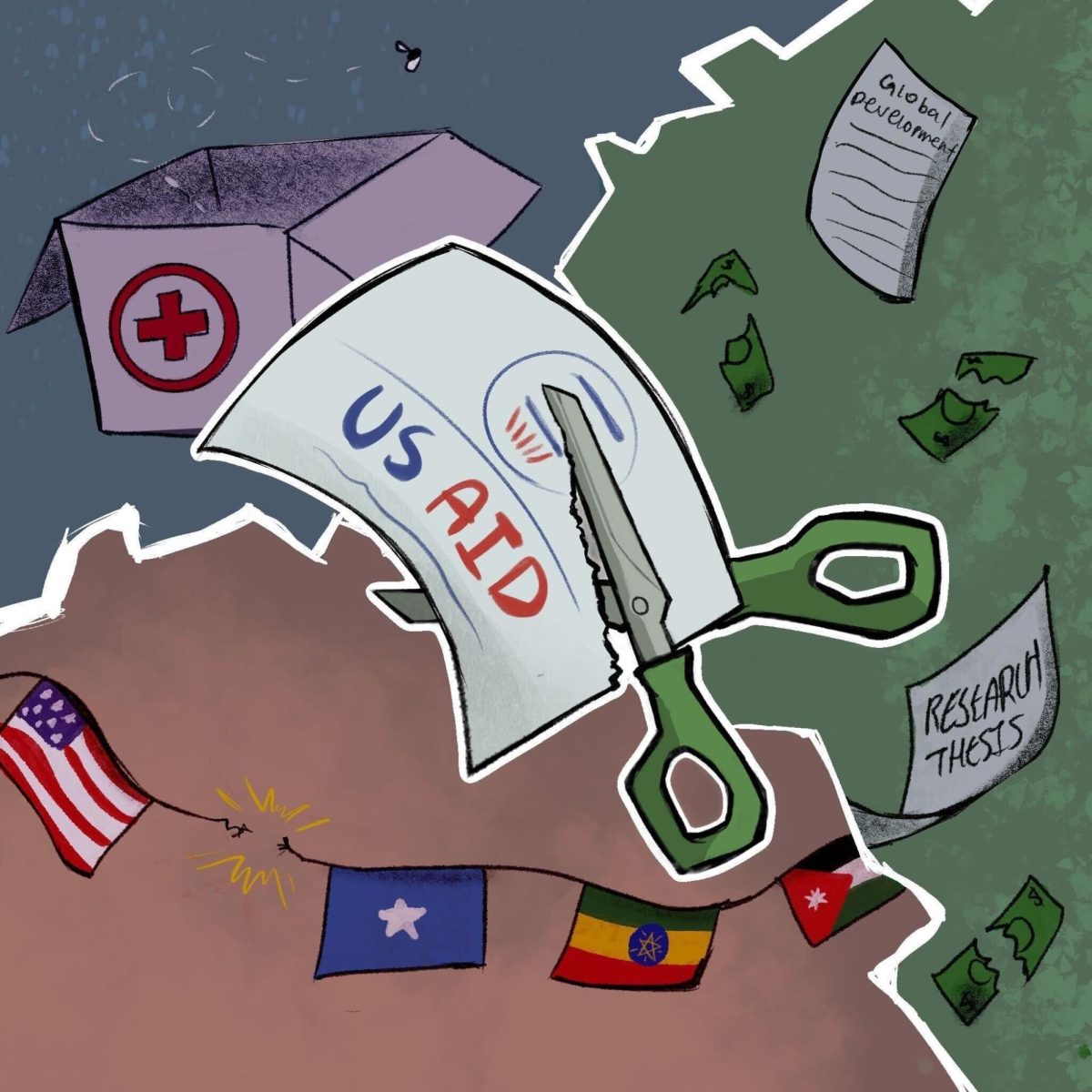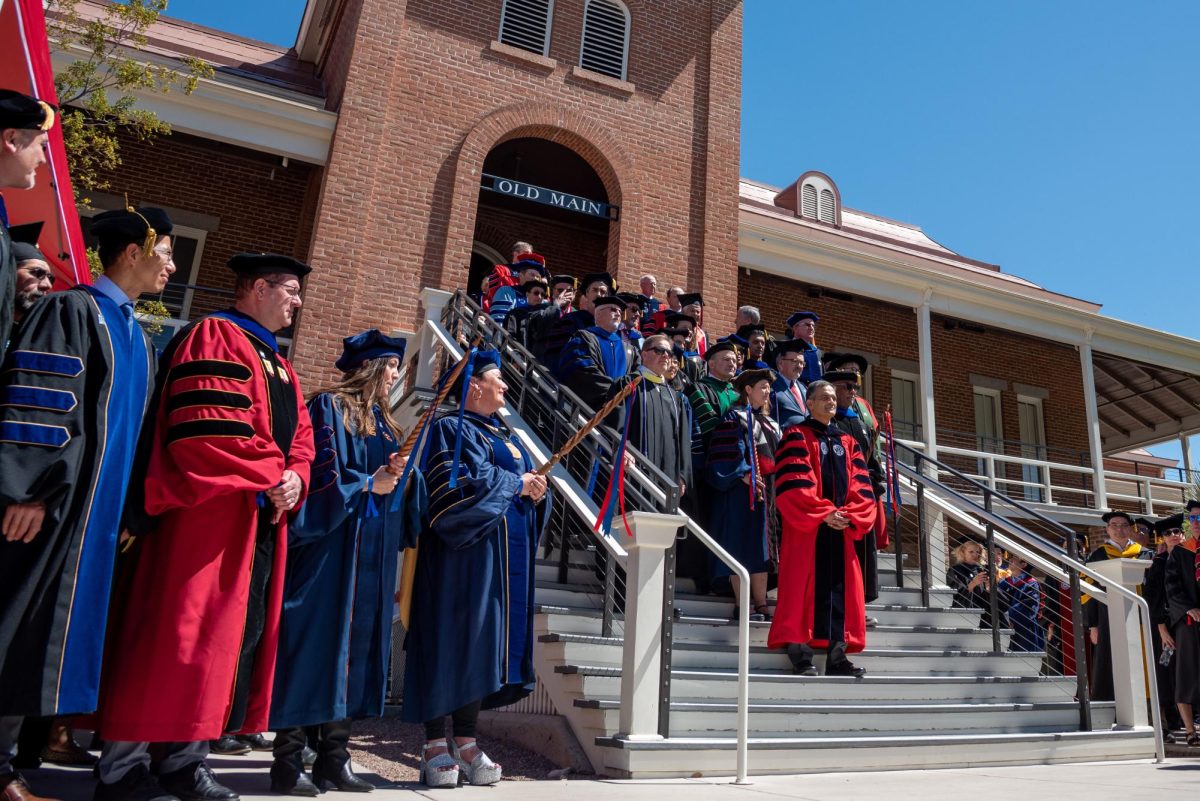UA Healthcare, the company formed from the combination of the University Medical Center and University Physicians Hospital, officially opened on July 1 — but the change that is occurring with the integration is far from over.
Kevin Burns, the new CEO of the $1.2 billion enterprise UA Healthcare, said the merger will result in increased efficiency.
“”I do believe ultimately the merger of the two organizations will result in us being able to provide care more efficiently but more importantly, I think more effectively,”” Burns said.
Former Arizona Board of Regents President Ernest Calderón said in a press release that the combination will provide much-needed resources to train new physicians, nurses and pharmacists.
“”Arizona is in a crisis, sorely lacking in the number of physicians, nurses and pharmacists needed; this integration will help address this issue as it strengthens support to the UA College of Medicine,”” Calderón said.
Burns added that the combination will help to strengthen fiscal stability.
“”We have a very high focus on quality,”” he said. “”We use high quality to produce good results and we’ll continue to do that.””
In a town hall meeting shortly after the integration, staff members expressed concerns about staffing changes, the education of students and the ever-shrinking Arizona state budget.
Public hospitals are known to be less efficient than those in the private sector, up to 40 percent less, according to a University of Florida study, and the size of UA Healthcare had some employees worried.
However, reservations were quickly quelled, Burns said, considering that the companies already had so much in common.
In an Arizona Health Sciences Center news release, UA President Robert Shelton called the move “”tremendous news,”” noting a need to “”appreciate the dedication and extraordinary effort that went into this process. … Our healthcare future looks much brighter after this major accomplishment.””
The integration will not reduce staffing for either hospital, according to Burns. UA Healthcare is expected to grow, not shrink, as the organization ushers in a “”new culture and new way to focus on our community,”” he added.
For students, this ultimately means training more doctors and nurses due to the new and larger network set up to train them, Burns said.
Rick Myers, one of the newest regents, has experience in the private sector with his work at IBM, and the public one with his political work, including his tenure as regent, which started in January.
“”This new opportunity that we have now, by combining these resources, is just going to helps us make a great academic medical center that will benefit the state of Arizona and that will let us train more and better doctors and get more research and be a good thing for the people of the state of Arizona,”” Myers said.
Burns felt much the same way about the positive effects of the integration.
“”We can now do things together related to sharing technology and single platforms for technology across the organization, which I think will promote improved care for our patients because communications information will be digital and across the system,”” Burns said.
Although the process has taken close to a year, the complete integration of patient information, coordinated marketing and philanthropic efforts is scheduled to take another year.
New staff appointments and other changes to the charter will be made to the board of UA Healthcare at the regents meeting Aug. 5 and 6, according to Jennifer Grentz, assistant executive director of public affairs and communications at Arizona Board of Regents.
UA Healthcare receives public money from the board of regents, so the regents have certain management powers, including the right to make board appointments.








